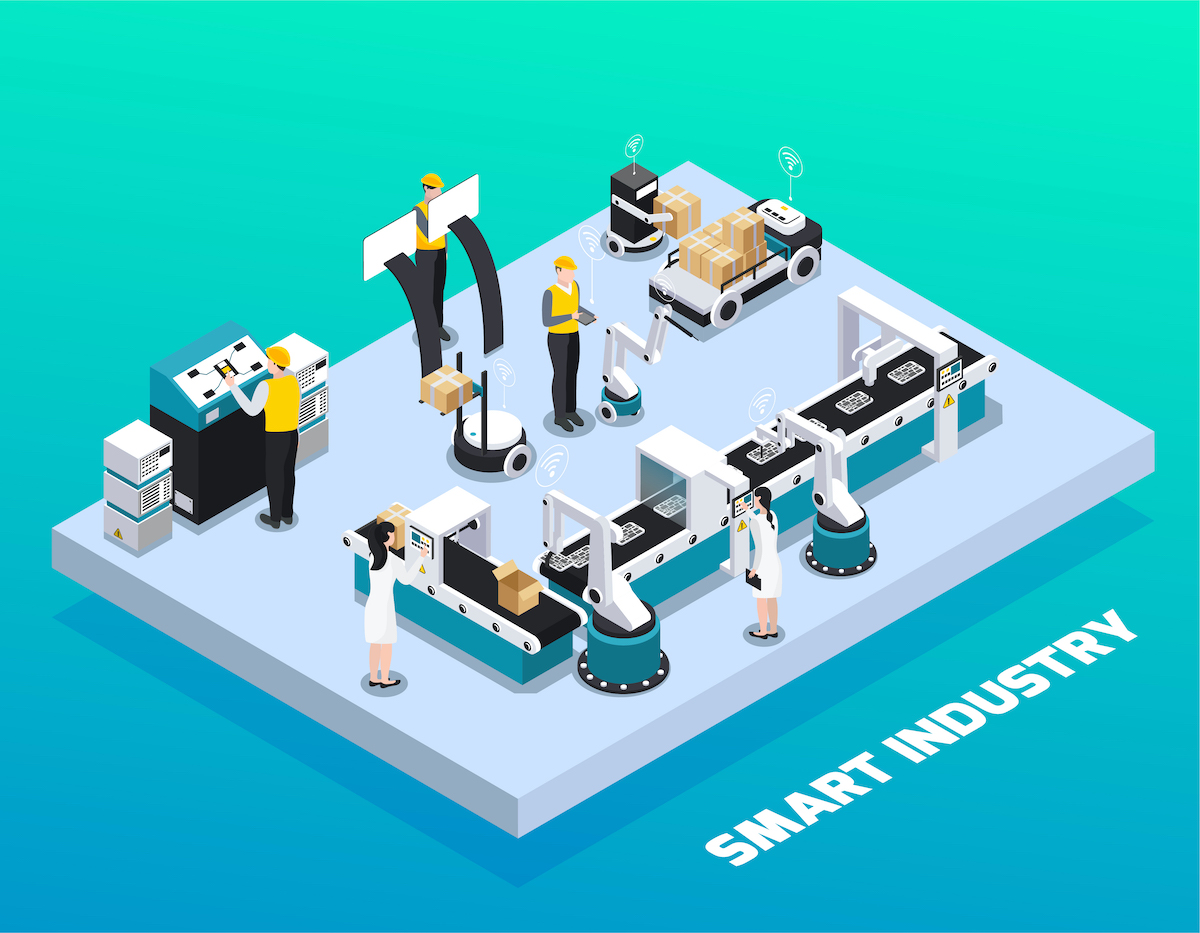Four critical steps for a successful digital transformation in manufacturing
In today’s highly competitive digital business world, manufacturers must act fast and pivot quickly to meet fluctuating market trends and consumer demands. IIoT, combined with advanced analytics as part of a broader digital transformation strategy, can help manufacturers create new business models, improve operational efficiencies and drive innovation in products and services.
Yet, nearly 70% of all digital transformation initiatives are considered unsuccessful, according to data from McKinsey. Many manufacturers lack the multidomain experience and expertise required to create innovative solutions that will lead to successful digital transformation. Although they have in-depth manufacturing industry knowledge, it’s rarely accompanied by a deep understanding of IoT, computing and communication technologies, predictive analytics or AI.
However, by partnering with a vendor that has both information technology (IT) and operational technology (OT) expertise in data analytics, a manufacturer can co-create solutions that cater to unique needs and business requirements. This innovative co-creation approach to IoT and advanced analytics includes four critical steps:
Step 1: Engage
The vendor and manufacturer work together to create a shared vision, understand pain points and goals, conduct discovery in reviews and workshops, and analyze data. They discuss options and distill abstract concepts into a prioritized list of use cases to address.
Step 2: Build a Model
A team of data scientists sifts through various data sets. Then they cleanse data, standardize and enrich it, and choose the right analytics techniques and algorithms to build an analytical model to fit a manufacturer’s use case.
Step 3: Create the Solution
Solution developers deploy an analytics platform and tools. Then, they build the solution model code and algorithms, user-experience wire frames, user-interface design models and templates. Lastly, they integrate these with IT tools for analysis. The concepts of the solution are exposed to pipelines of real data and proven to deliver the expected results. Co-creative spaces help ensure effective workshop processes, and simulation tools produce positive results.
Step 4: Test and Validate
Delivery engineers integrate the solution with a customer’s operational technology (OT) and IT systems in an operating environment. Next they integrate live data, deploy analytical pipelines, test robustness and scalability, and validate business outcomes and key performance indicator (KPI) results to ensure optimum value.
By drawing stakeholders directly into the innovation process and supporting them with an ecosystem of partners and expertise, a co-creation approach fosters a deep understanding of a manufacturer’s pain points. And it solves issues with a customized solution rather than an off-the-shelf tool. As a result, co-creation delivers the following benefits:
- Offers a low-cost methodology for developing new products and services.
- Sparks innovation and advances complex projects.
- Reduces digital transformation risks associated with implementing new initiatives.
- Helps speed up desired outcomes and overcome digital transformation challenges
- Follow trends and insights on digital transformation
Together, these benefits provide a solid foundation for business transformation.
Read the white paper written by CIO from IDG for Hitachi Vantara to learn more about:
- Ten advantages of IIoT and analytics for manufacturers
- The 4 M’s of Manufacturing (Man, Machine, Materials and Method)
- Sullair Case study focusing on real-time monitoring of critical assets for fast response
- How to maximize performance of critical assets using IIoT
- Case study: Daicel
- Types of advanced analytics that can aid manufacturers capitalize on data analytics
- Conclusions
This is an excerpt from a white paper written by CIO from IDG for Hitachi Vantara. For more resources on smart manufacturing check our website.
Sponsored by ![]()
Sorry, the comment form is closed at this time.




Pingback: Four critical steps for a successful digital transformation in manufacturing – IoT – Internet of Things